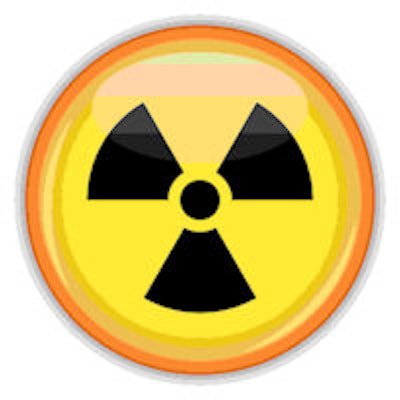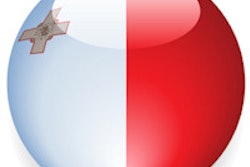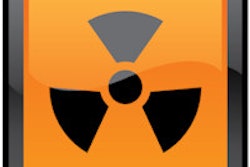
New research conducted in the Irish Republic and U.S. has detected an urgent need for CT users to better understand and adapt the key parameters to optimize patient dose and image quality, plus an overall requirement for ongoing education in dose optimization.
A survey was conducted among the Irish Republic's 65 CT clinical specialist radiographers (CSRs) and examiners at the American Board of Radiology examinations in Louisville, Kentucky, in November 2011. The findings, which were generally positive, have appeared in an article published online on 5 September in Insights into Imaging.
"Obvious deficiencies were identified amongst both cohorts, especially in relation to the influence of certain parameters on both patient dose and image quality, as well as knowledge of specific diagnostic reference levels. This may have a considerable impact on patient doses and limit the optimization potential in clinical practice," noted Shane Foley, PhD, lecturer at the School of Medicine and Medical Science at University College Dublin, and colleagues.
The authors distributed 65 questionnaires to both groups, and they received responses from 14 radiologists (22%) and 21 CSRs (32%). The radiologists had a median of more than 25 years' CT experience, compared with 12 years to 15 years for the CSR group.
Of the CSRs, 40% stated concerns about the doses within their departments, compared with more than 64% of the radiologists. The radiologists did not provide further comments, but the CSRs identified individual examinations of concern, referring to the increased number of repeat studies, i.e., abdomen/pelvis for collections and thorax-abdomen-pelvis examinations for oncology every six weeks, increased number of multiphase studies, and higher doses involved with thin-slice scanning. Also, three respondents without concerns commented on their use of a regular audit, which provided reassurance.
When asked about CT protocols, 50% of the radiologists reported they alone decide on the routine scan protocols selected, the remainder doing so in cooperation with a physicist (14%), a physicist and radiographer (14%), an applications specialist (7%), a physicist and applications specialist (7%), or with a combination of all three (7%).
Only 14% of the Irish departments reported that the radiologist alone decides on the routine CT protocols. Instead, the majority of CSRs reported protocols were decided on by a combination of the radiologist and CSR (52%). In four departments (19%), an applications specialist was also involved, while in one hospital (5%) the CSR, radiologist, and physicist all inputted.
"This study suffered from a number of limitations; the principle ones being the selective cohorts utilized and the small sample sizes included. The response rate of 22% and 32% from both cohorts while low is in line with other studies and potentially indicative of questionnaire surveys, especially those investigating knowledge levels," the authors wrote. "This study included lead experts in radiology and expert CT radiographers, so is not fully representative of either professions, and may render the sample over-representative in nature."
Further work is needed to gauge the understanding amongst cross-sections of both professions using larger sample sizes. Also, selection bias may be inherent in this questionnaire as respondents who are more confident of their answers are more likely to participate, they stated. Finally, although all participants were asked not to refer to other information sources -- such as textbooks, Internet, etc. -- while completing the questionnaires, this could not be guaranteed given the nature of the survey.
This research formed part of Foley's PhD studies on radiation dose optimization in CT. Initial work focused on a nationwide CT dose survey in the Republic of Ireland, which established diagnostic reference levels for CT. From this work, quite large variations in average CT doses were found across a number of CT examinations, with a maximal 24-fold difference in dose between centers, he explained. Some differences in scanner type and technology were accounted for, but an obvious difference was noted in the CT protocols being applied across the centers with large differences even noted for CT centers that had the same CT scanner model.
"This spurred our interest in investigating the understanding that CT users had around CT exposure parameters and how these can influence both radiation dose and image quality. The article in Insights into Imaging is the product of this research," Foley told AuntMinnieEurope.com.
A follow-up study was then conducted at four CT facilities that consistently exceeded the national diagnostic reference levels. The aim was to find out what steps, if any, they had taken to optimize their CT radiation doses, as per European regulations (Euratom 97/43). A collaborative approach was taken with one center in particular to analyze the CT protocols in use and following some minor parameter alterations, CT doses were successfully reduced by an average of 40% (maximum of 55%) with no apparent change in image quality, showing the potential benefit of altering/optimizing CT parameters, he explained. This portion of the research is currently being drafted for publication.



















